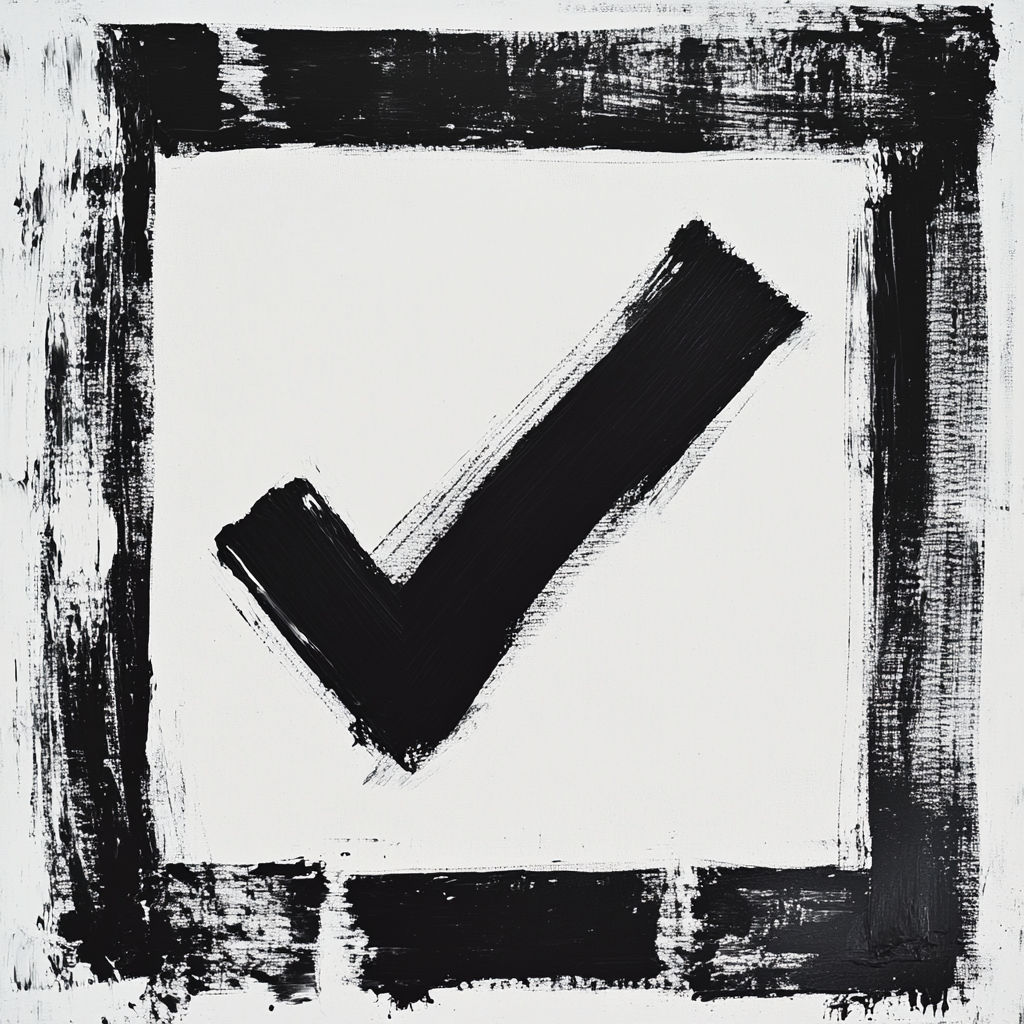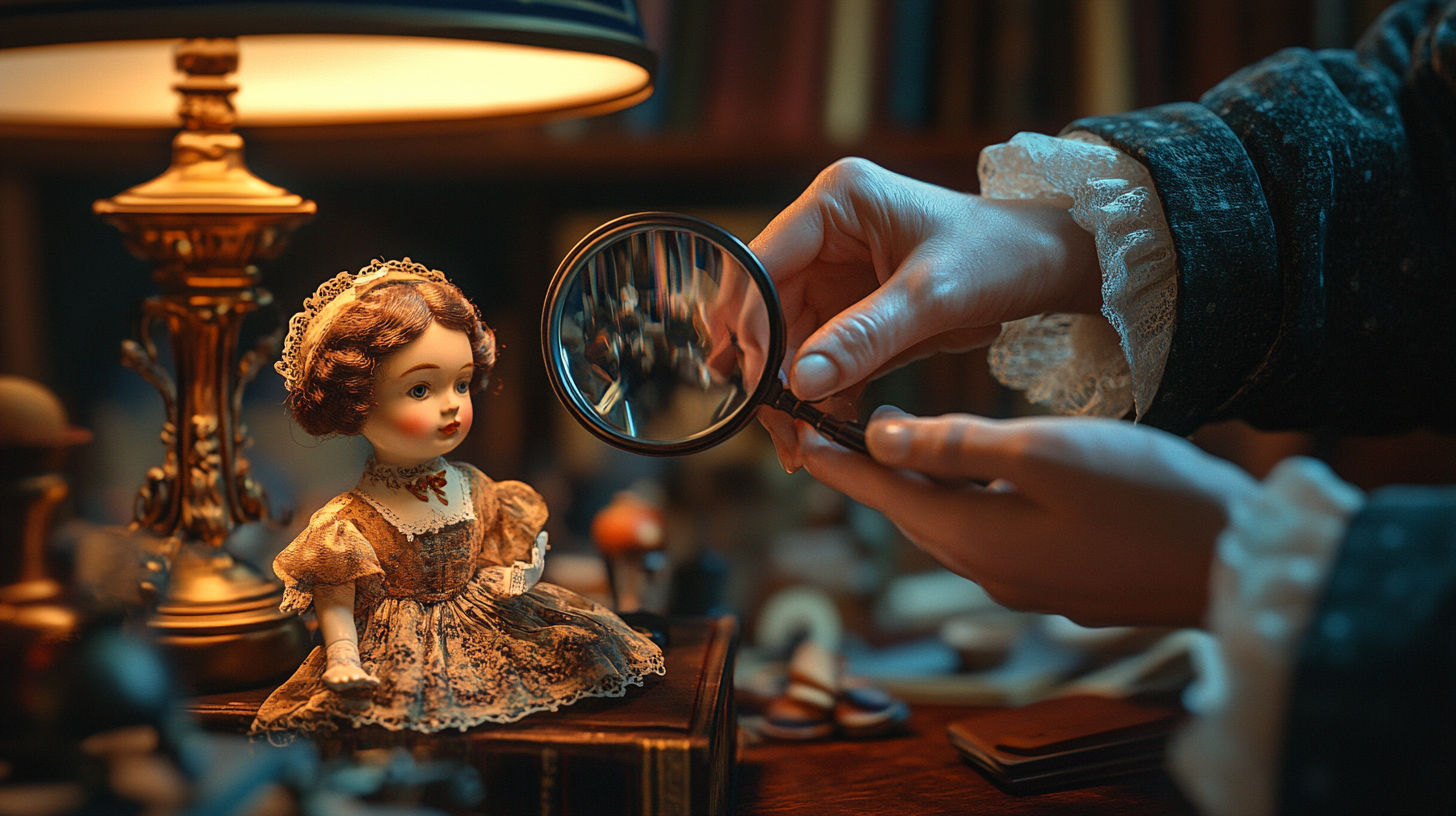
Introduction to Antique Valuation
Determining the value of antiques can often feel like solving a complex puzzle. Whether you’ve inherited family heirlooms, discovered items at an estate sale, or are considering selling pieces from your collection, understanding the true value of antiques requires methodical research and a keen eye for details that might easily be overlooked.
In this comprehensive guide, we’ll walk you through the essential steps and techniques used by professional appraisers to assess the value of antique items. From conducting thorough research to consulting with experts, we’ll equip you with the knowledge to make informed decisions about your valuable possessions.
Why Proper Antique Valuation Matters
Whether you’re a collector, dealer, or simply curious about family heirlooms, learning how to value antiques correctly can:
- Prevent underselling valuable items
- Help determine appropriate insurance coverage
- Guide investment decisions in the antiques market
- Assist in estate planning and distribution
- Enhance your knowledge as a collector
According to auction experts, many people inadvertently sell antiques for a fraction of their true value simply because they lack the knowledge to properly assess them. With the right approach, you can avoid this common pitfall and ensure you understand the genuine worth of your treasures.
Let’s explore the fundamental steps to valuing antiques like a professional.
Essential Steps to Value Your Antiques
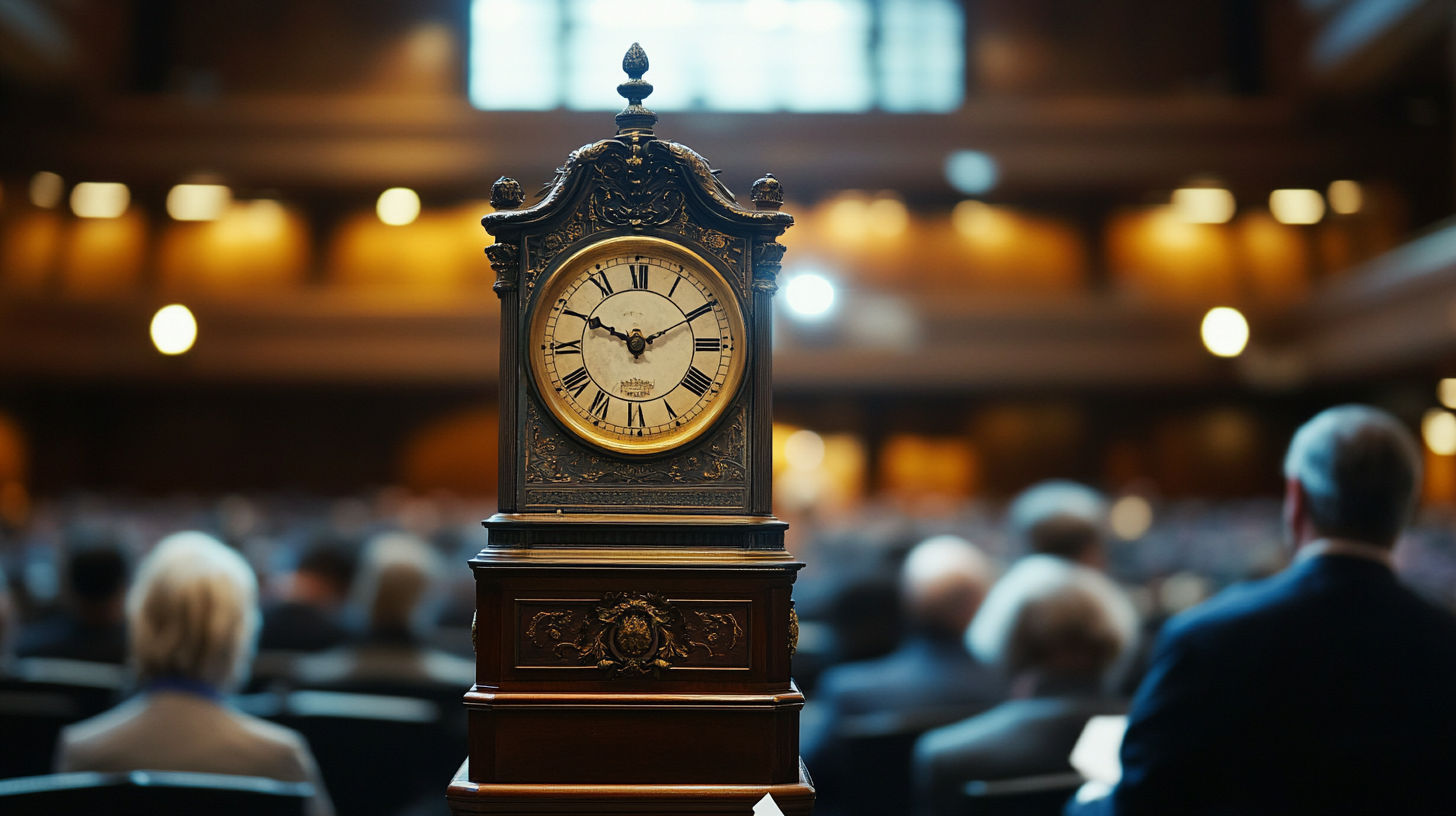
Step 1: Conduct Thorough Research
The foundation of accurate antique valuation begins with diligent research. Before seeking professional opinions or making decisions about selling, take time to gather information about your item.
Research Checklist
Several resources can assist in your preliminary research:
- Reference Books: Specialized antique guides often contain valuable information about specific categories, makers, and historical periods.
- Online Databases: Websites like WorthPoint and Kovels offer extensive archives of sold antiques.
- Auction Records: Previous auction results can provide concrete examples of what similar items have sold for.
- Antique Forums: Online communities can help identify unusual items and offer preliminary opinions.
The Boston Public Library offers excellent guidance on researching antiques and collectibles through their price guides resource, which can help you understand market trends and historical values.
Step 2: Examine Condition Carefully
When assessing condition, pay close attention to:
- Original Components: Are all parts original to the piece, or have elements been replaced?
- Damage and Repairs: Note any cracks, chips, tears, scratches, or previous restoration work.
- Functionality: For mechanical or functional antiques, do they still work as intended?
- Patina: The natural aging process often enhances value for certain types of antiques.
According to Fontaine’s Auction Gallery, appraisers typically consider several aspects in their antique furniture estimates, including rarity, aesthetics, desirability, authenticity, and condition.
Condition Impact on Antique Values
Step 3: Identify Authentication Markers

Authentication markers vary widely depending on the type of antique:
- Furniture: Look for manufacturer stamps, labels, or distinctive construction techniques.
- Ceramics and Porcelain: Check the bottom for maker’s marks, factory stamps, or pattern numbers.
- Silver: Examine for hallmarks indicating maker, purity, and place of manufacture.
- Artwork: Search for signatures, gallery labels, or distinctive artistic techniques.
- Jewelry: Look for designer marks, metal purity stamps, and manufacturing techniques.
As noted in The Hoarde’s guide, maker’s marks can be crucial in determining an item’s authenticity and value. A distinctive mark from a renowned craftsman or manufacturer can significantly increase an antique’s worth.
Step 4: Analyze Market Demand and Rarity
Market demand fluctuates based on several factors:
- Collecting Trends: Popularity of specific periods or styles changes over time.
- Cultural Influences: Media, exhibitions, and historical events can spark interest in certain antiques.
- Demographic Changes: As new generations enter the antiques market, preferences evolve.
- Regional Variations: Some antiques command higher prices in specific regions or countries.
According to Old Crow’s Antiques, rarity significantly impacts value, and learning to identify maker marks and understanding styles are crucial steps in finding valuation.
Step 5: Consult with Professionals
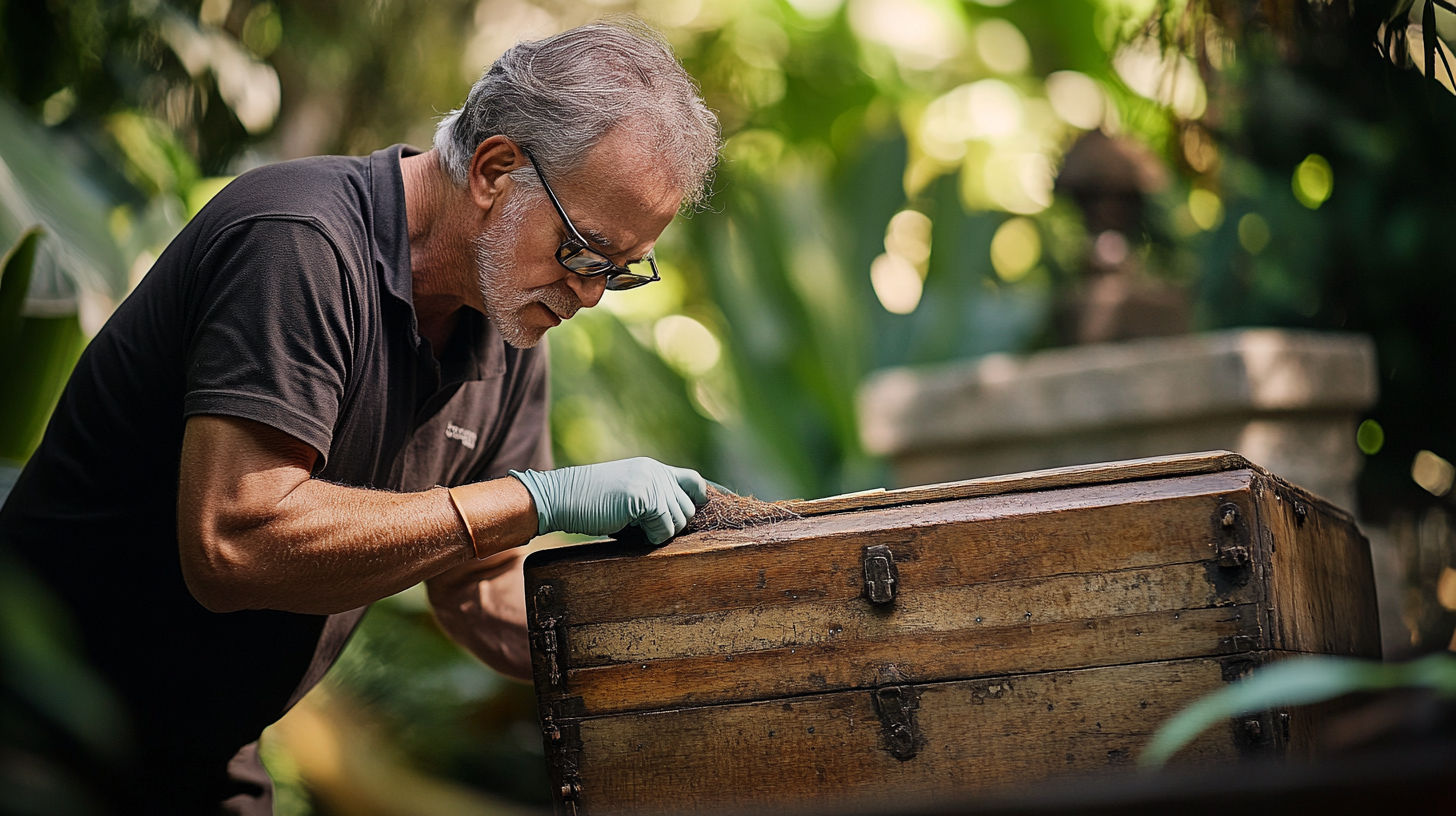
While self-research is valuable, consulting with experts often provides the most accurate valuation:
- Certified Appraisers: For valuable items, consider hiring a certified appraiser specializing in your antique category.
- Auction House Specialists: Many auction houses offer free valuation days or preliminary assessments.
- Antique Dealers: Experienced dealers often provide informal valuations, though they may offer wholesale rather than retail values.
- Museum Curators: For historically significant items, museum professionals can offer valuable insights.
According to the British Antique Dealers’ Association (BADA), professional antique valuations are the best way to learn the true value of your antiques or works of art. Many BADA members provide valuation services or can recommend trusted specialists.
When seeking professional opinions, it’s wise to get multiple assessments for higher-value items. As one professional explained on Reddit, honest dealers base their valuations on recent sold prices and current market conditions.
Professional Valuation Services
| Category | Price Range | Notes |
|---|---|---|
| Written Formal Appraisal | $200-$400 per hour | Detailed documentation for insurance or estate purposes |
| Verbal Consultation | $75-$150 per hour | Professional opinion without formal documentation |
| Online Appraisal Services | $10-$30 per item | Quick assessment based on photographs |
| Auction House Evaluation | Often free | Preliminary assessment for potential consignment |
Note: Price ranges are approximate and can vary based on condition, rarity, and market demand.
Understanding Value Types for Antiques
When valuating antiques, it’s important to recognize that an item can have several different “values” depending on the context and purpose of the valuation:
Different Types of Antique Values
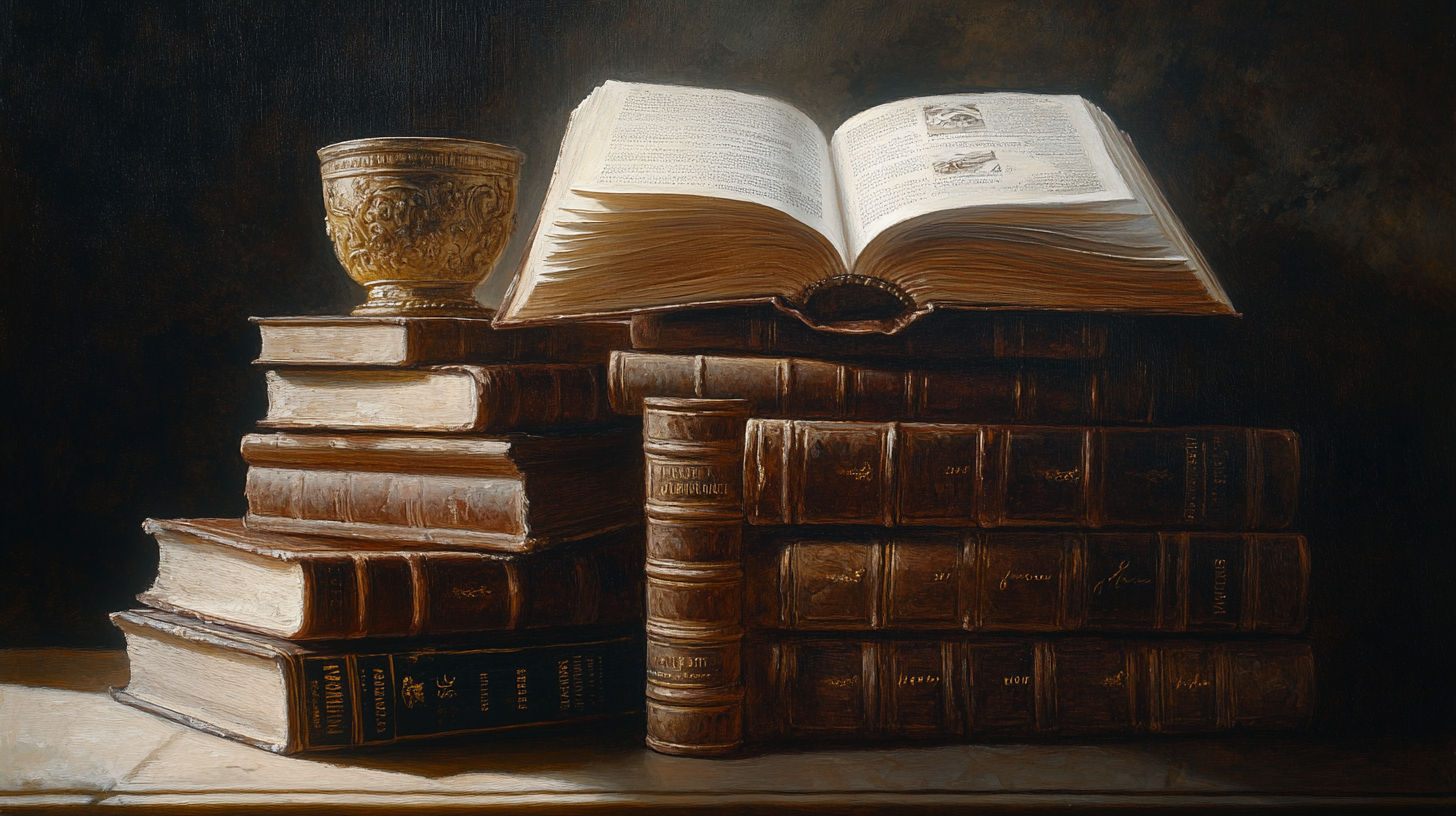
Retail Value
This represents what you might expect to pay when purchasing an antique from a dealer, gallery, or high-end antique shop. Retail values typically include:
- The dealer’s expertise in selecting quality pieces
- Overhead costs of maintaining a physical store
- Marketing expenses
- Profit margin (often 100% or more above wholesale)
Auction Value
Auction values can vary widely depending on:
- The auction house’s prestige and clientele
- Quality of the catalog and marketing
- Current market conditions
- The specific audience present on auction day
- Competition among bidders for desirable items
Wholesale Value
This is typically what a dealer might pay when purchasing an item for resale, generally 40-60% of the expected retail price. As noted in the Decorative Collective’s guide, dealers typically offer wholesale value when purchasing pieces from the public.
Insurance Value
Insurance valuations typically reflect:
- The cost to replace an item with one of similar quality and characteristics
- Often higher than retail value due to the challenges of finding exact replacements
- Updated regularly (every 3-5 years) to reflect market changes
Sentimental Value
While not quantifiable in monetary terms, sentimental value often influences owners’ decisions about selling or keeping antiques, regardless of market worth.
Historical Perspective on Antique Valuation Methods
Traditional Connoisseurship
Antique valuation relied heavily on expert knowledge passed down through apprenticeships, with minimal published price data available.
Price Guide Era
Printed price guides became popular, offering collectors baseline values, though often quickly outdated once published.
Auction Record Analysis
Major auction houses began publishing results, creating more transparency in the high-end antiques market.
Online Marketplace Data
eBay and online auctions revolutionized price research by making vast amounts of sales data accessible to collectors.
Digital Valuation Tools
Subscription databases, AI identification tools, and mobile apps have democratized aspects of antique valuation previously available only to experts.
Key Factors Affecting Antique Values
Many variables influence an antique’s market value beyond basic identification. Understanding these factors helps develop a more nuanced appreciation of valuation:
Provenance and Historical Significance
Provenance impacts value when it:
- Connects an item to famous individuals, historical events, or important collections
- Provides unbroken documentation of ownership history
- Verifies authenticity through historical records
- Adds cultural or historical context to the piece
Originality vs. Restoration
For most antiques, originality commands premium prices:
- Original Finish: Items retaining their original surface treatments typically command higher prices.
- Unrestored Condition: Many collectors prefer pieces showing natural age but no significant damage.
- Period-Appropriate Repairs: When restoration is necessary, work done using period-correct materials and techniques minimizes value reduction.
- Over-Restoration: Excessive cleaning, refinishing, or modernization typically decreases value substantially.
As Martha Stewart Living points out, professional appraisal is often the first step to knowing what might be valuable, especially when dealing with numerous antiques.
Regional Market Variations
Market variations to consider include:
- Local Historical Relevance: Items connected to local history often sell better in their region of origin.
- International Demand: Some antiques have stronger markets abroad than domestically.
- Urban vs. Rural Markets: Sophisticated urban markets often yield higher prices for fine antiques.
- Shipping Considerations: Large, fragile items may sell better locally due to transportation challenges.
Tools and Resources for Antique Valuation
Modern technology and traditional resources both play important roles in antique valuation:
Online Valuation Resources
Valuable online resources include:
- Price Database Subscriptions: Services like WorthPoint and LiveAuctioneers provide access to millions of past auction results.
- Online Marketplaces: eBay’s completed listings search shows actual selling prices rather than aspirational asking prices.
- Mobile Appraisal Apps: Services like “Value My Stuff” offer quick preliminary valuations based on photographs.
- Virtual Appraisal Services: Many appraisers now offer video consultations for initial assessments.
Traditional Research Methods
Essential traditional resources include:
- Specialized Reference Books: Category-specific guides often contain detailed information unavailable online.
- Auction Catalogs: Historical and contemporary auction catalogs provide valuable comparison data.
- Antique Periodicals: Publications like Antiques Trade Gazette offer market analysis and recent sales data.
- Museum Collections: Examining similar items in museum collections helps understand quality benchmarks.
The Boston Public Library’s guide on researching antiques and collectibles highlights that numerous factors affect actual prices, and people selling to dealers should expect prices below market value.
Essential Antique Valuation Resources
WorthPoint
Subscription database with over 600 million sold items and price guide for antiques, art, and collectibles.
British Antique Dealers' Association
Expert guidance on valuing antiques and finding qualified appraisers.
The Hoarde's Valuation Guide
Practical tips for valuing antiques, including research methods and expert consultation.
Boston Public Library Antiques Research Guide
Comprehensive guide to researching antique values using price guides and other resources.
Antiques Trade Gazette Value Guide
Industry-leading expertise on determining antique values from leading auction specialists.
Old Crow's Antiques Market Price Guide
Detailed guidance on finding market prices for valuable antiques including identification methods.
Common Pitfalls in Antique Valuation
Even experienced collectors make valuation mistakes. Being aware of these common pitfalls can help you avoid costly errors:
Overvaluing Based on Age Alone
Remember that:
- Not everything old is valuable
- Common antiques with minimal artistic merit often have modest values regardless of age
- Market demand drives value more than age in most categories
Misidentifying Reproductions
To avoid misidentification:
- Study authentic examples in museums or reference books
- Learn key identification markers for important makers
- Be skeptical of items with “too good to be true” prices
- Understand that many “antique styles” were reproduced in later periods
Relying on Outdated Price Guides
For accurate valuation:
- Use the most recent resources available
- Consider digital databases with continuously updated information
- Understand that published asking prices often differ from actual selling prices
- Track market trends rather than relying on static valuations
Overlooking Condition Issues
Be thorough in condition assessment:
- Examine items under good lighting
- Check for repairs, replacements, and alterations
- Consider hiring specialists for condition reports on valuable items
- Understand that even minor damage can significantly impact value for pristine collectibles
When to Seek Professional Appraisal
While self-research is valuable, certain situations warrant professional appraisal services:
Situations Requiring Professional Appraisal
Consider professional appraisal for:
- Insurance Coverage: Insurance companies typically require formal appraisals for valuable antiques.
- Estate Settlement: Accurate valuations ensure fair distribution among heirs.
- Donation Deductions: Tax authorities require qualified appraisals for charitable donations exceeding certain values.
- High-Value Items: Items potentially worth thousands should have expert assessment.
- Legal Proceedings: Divorce settlements, damage claims, and other legal matters require certified appraisals.
According to a Quora response from antique experts, auction houses that regularly deal with specific types of collectibles often provide the most reasonable valuations.
Finding Qualified Appraisers
When selecting an appraiser:
- Verify professional credentials and association memberships
- Choose specialists in your specific antique category
- Request references or examples of similar appraisals
- Clarify fees and deliverables before proceeding
- Ensure they follow accepted appraisal methodologies
For valuable items, consider appraisers affiliated with recognized professional organizations such as:
- International Society of Appraisers (ISA)
- American Society of Appraisers (ASA)
- Appraisers Association of America (AAA)
Digital Age Antique Valuation
Technology continues to transform how we research and value antiques:
Mobile Apps and Online Tools
Useful digital tools include:
- Image Recognition Apps: Some apps can identify antiques from photographs, though with varying accuracy.
- Online Marketplaces: Platforms like eBay, 1stDibs, and Chairish provide current market data.
- Virtual Appraisal Services: Many experts now offer video consultations for initial assessments.
- Price Database Subscriptions: Services compile millions of auction results searchable by keyword, maker, or category.
As noted in related searches for this topic, apps like “Value My Stuff” and databases like “WorthPoint” have become increasingly popular tools for determining antique values.
Social Media Communities
Valuable online communities include:
- Reddit’s r/Antiques: This active community can help identify unusual items.
- Facebook Collector Groups: Specialized groups exist for most collecting categories.
- Instagram Hashtags: Following category-specific hashtags connects you with dealers and collectors.
- Online Forums: Specialty forums often have knowledgeable members willing to share expertise.
Reddit threads like this one about antique dealer valuation methods offer valuable insights from industry professionals about how they determine values and make offers.
Selling Antiques for Maximum Value
Once you understand your antique’s value, choosing the right selling venue is crucial:
Matching Items to Optimal Sales Venues
Consider these options based on your antique’s characteristics:
- Auction Houses: Best for rare, high-value items with established collector markets.
- Specialty Dealers: Offer expertise and targeted buyer networks for specific categories.
- Consignment Shops: Provide physical display without the commitment of dealer purchase.
- Online Marketplaces: Offer wide audience reach but often at lower price points.
- Direct Collector Sales: Can yield highest returns but require networking and patience.
Martha Stewart Living advises that professional appraisals are typically the first step to knowing what might be valuable, especially when dealing with numerous antiques.
Presentation and Documentation
To maximize value when selling:
- Provide detailed, accurate descriptions of materials, dimensions, and condition
- Include high-quality photographs from multiple angles
- Document any provenance, history, or interesting background information
- Keep original receipts, certificates, and previous appraisals
- Consider professional cleaning or conservation (but not restoration) for important pieces
Conclusion: The Art and Science of Antique Valuation
Valuing antiques successfully combines methodical research, market awareness, and often expert consultation. By understanding the fundamental approaches outlined in this guide, you’ll be better equipped to:
- Research your antiques’ origins and characteristics
- Recognize factors that enhance or diminish value
- Identify when professional appraisal is necessary
- Make informed decisions about insurance, sales, or purchases
Remember that valuation is rarely a simple, fixed determination. Market conditions change, tastes evolve, and new information emerges. Approaching antique valuation as an ongoing education rather than a one-time task will serve you best in the long run.
Whether you’re interested in antiques as investments, heirlooms, or simply objects of beauty and historical significance, understanding their true value enhances appreciation and enables sound decision-making.
Common Questions About Antique Valuation
How can I get my antiques professionally valued?
For professional valuation, you have several options:
- Contact a certified appraiser who specializes in your type of antique
- Visit auction houses during free valuation days
- Attend antique roadshow events in your area
- Use online appraisal services where you submit photos for expert review
- Consult with reputable antique dealers (though they may offer wholesale rather than retail values)
According to the British Antique Dealers' Association, arranging professional antique valuations is the best way to learn the true value of your antiques. Many BADA members provide valuation services or can recommend trusted specialists.
How do I know if my antique is valuable?
Determining if an antique has significant value involves examining several factors:
- **Rarity**: Uncommon items generally command higher prices
- **Condition**: Items in original, unrestored condition typically have greater value
- **Provenance**: Documented history of ownership can significantly increase value
- **Maker**: Items from renowned craftsmen or manufacturers are typically more valuable
- **Historical Significance**: Connection to important events or individuals enhances value
- **Current Market Demand**: Collector interest varies over time and impacts value
Start by researching similar items that have sold recently, examining any maker's marks, and consulting reference materials specific to your item's category.
Can I value antiques accurately online without professional help?
While you can conduct preliminary research online, accurate valuation often requires expertise:
- Online price databases like WorthPoint and LiveAuctioneers provide sales records for comparison
- Completed listings on eBay show actual selling prices versus aspirational asking prices
- Digital reference materials can help with identification
- Online communities may provide helpful opinions
However, self-research has limitations:
- Distinguishing authentic pieces from reproductions can be challenging
- Condition assessment requires trained observation
- Market fluctuations may not be reflected in older online data
- Regional value variations might not be apparent
For valuable items, online research should be considered a starting point rather than definitive valuation.
Should I clean or restore my antiques before valuation?
Generally, it's best to avoid cleaning or restoring antiques before valuation:
- Light dusting or gentle cleaning may be appropriate, but aggressive cleaning can damage patina
- Original condition, even with some wear, is typically more valuable than poorly restored pieces
- Professional appraisers prefer to see items in their current state to make accurate assessments
- Inappropriate cleaning methods can permanently damage antiques and significantly reduce value
- For valuable items, consult a conservator rather than attempting restoration yourself
As The Hoarde notes in their valuation tips, you should not repair or restore items before getting them valued, as this can sometimes reduce rather than enhance their worth.
What's the difference between an appraisal and a valuation?
While often used interchangeably, these terms can indicate different levels of formality:
- **Formal Appraisal**: A written document prepared by a qualified appraiser that includes:
- Detailed description of the item
- Statement of purpose (insurance, estate, donation, etc.)
- Assigned value based on appropriate markets
- Appraiser's credentials and certification
- May be legally binding for tax purposes
- **Valuation**: Can be less formal and might include:
- Verbal or brief written opinion of value
- Estimate ranges rather than specific figures
- May be provided by dealers, auctioneers, or other experts
- Typically not acceptable for insurance or tax purposes
For important financial decisions or legal requirements, a formal appraisal is usually necessary.
How often should I get my valuable antiques reappraised?
The frequency of reappraisal depends on several factors:
- **Insurance Requirements**: Many insurance policies require updated appraisals every 3-5 years
- **Market Volatility**: Categories experiencing rapid price changes warrant more frequent reappraisal
- **Significant Market Events**: Major auctions or museum exhibitions can impact values
- **Conservation Work**: Any restoration or conservation should prompt reappraisal
- **Estate Planning**: Update appraisals when preparing or revising estate documents
For moderate to high-value antiques, a general recommendation is to update appraisals every 3-5 years, or more frequently for categories experiencing significant market changes.
What documentation should I keep about my antiques' value?
Maintain comprehensive records for valuable antiques, including:
- Professional appraisal documents with detailed descriptions and valuations
- Receipts from purchase showing date, seller, and price paid
- Provenance documentation tracing ownership history
- Certificates of authenticity from recognized authorities
- Conservation or restoration records
- Photographs showing condition at various points in time
- Insurance riders or schedules listing the items
- Any exhibition history or publication mentions
Store this documentation both physically and digitally in secure locations, and ensure family members know where to find these records.
What factors might cause my antiques to decrease in value?
Several factors can negatively impact antique values:
- **Poor Restoration**: Inappropriate repairs or over-restoration often diminishes value
- **Market Shifts**: Collecting tastes and trends evolve, affecting demand
- **Condition Deterioration**: Damage from improper storage, handling, or environmental factors
- **Authentication Issues**: New research disproving previous attributions
- **Reproduction Discoveries**: Learning that certain models were mass-produced
- **Cultural Reconsideration**: Some items become less desirable due to changing cultural attitudes
- **Economic Downturns**: Luxury markets often contract during financial crises
To preserve value, focus on proper conservation, storage in appropriate environmental conditions, and maintaining documentation of authenticity and provenance.
